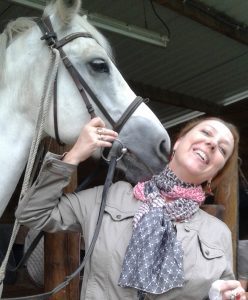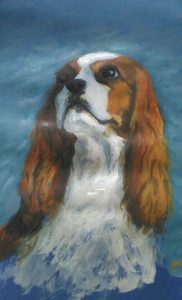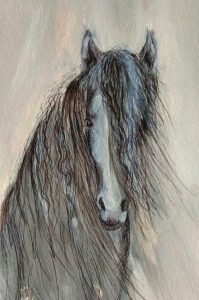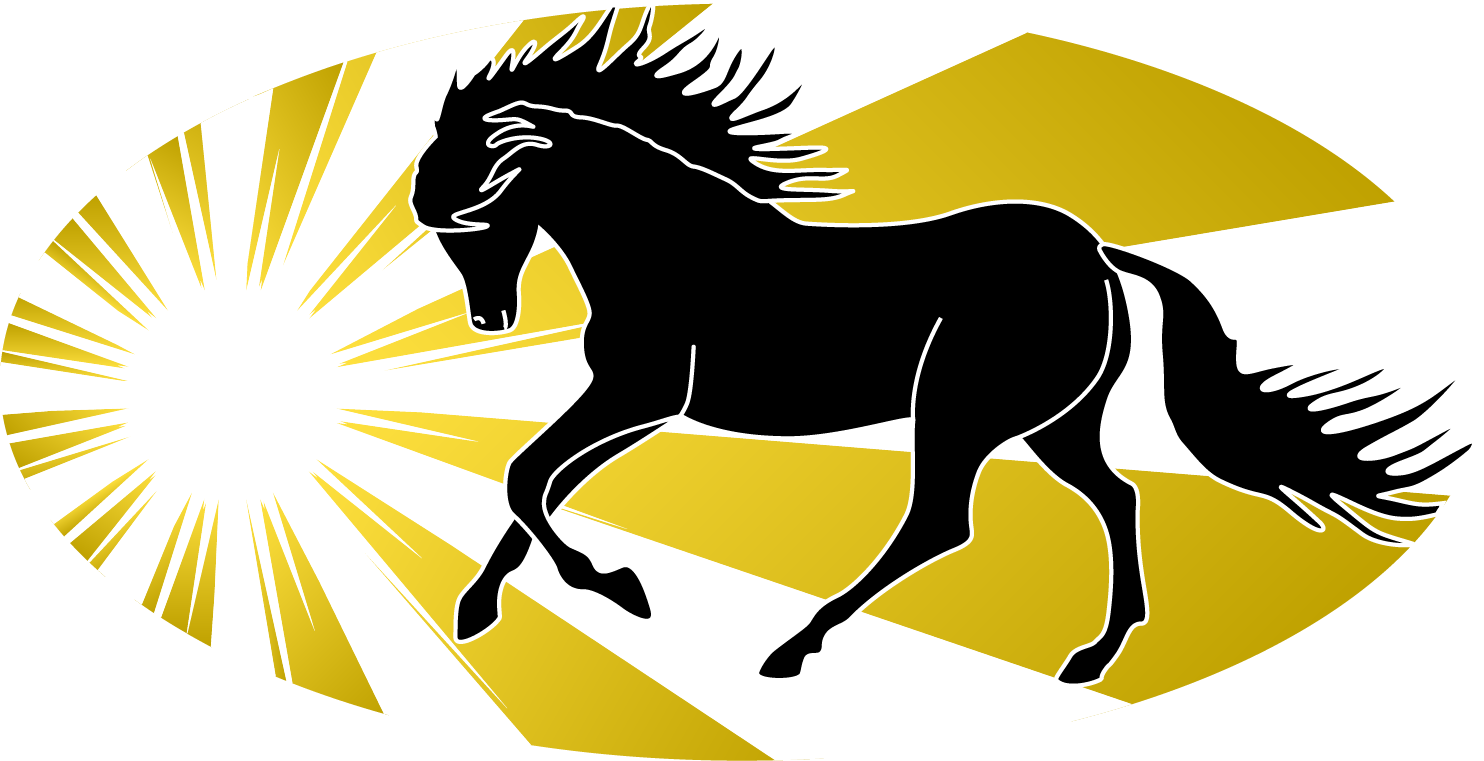 Animal communication requires complete open-mindedness as one can never predict what an animal will say.
Animal communication requires complete open-mindedness as one can never predict what an animal will say.
Two important factors must be taken into consideration:
First, just like humans, each animal is at a different stage in the evolutionary cycle. This affects his understanding of his experience.
Second, the communication may occur on different levels or planes. The three main levels of communication are as follows:
a) Contact on the plane of physical awareness of the animal
In such cases, the animal will talk about his current, daily life, what makes him happy, what problems he may encounter.
I once communicated with a cat who had very practical territorial issues. Two neighboring cats were endlessly pestering him and he sought every possible way of avoiding them. During the communication, he acted all cool and indifferent about it and stated that he was not suffering from the situation. During a further communication, at the request of his owner, I told him that the two cats would soon be gone as their owners were moving away. He jumped up with joy at the news, before reverting to the same air of utter indifference he had initially adopted to indicate his complete control over the situation.
b) Contact at the level of the animal’s soul
 During a communication on this level, the animal will explain why he came to live with this family, with the specific owner, what he is here to learn or accomplish; he will typically remember past lives and share information about them.
During a communication on this level, the animal will explain why he came to live with this family, with the specific owner, what he is here to learn or accomplish; he will typically remember past lives and share information about them.
A hunting dog who was thriving in a gloriously happy life with his owner once told me that his current life was a reward that he had earned for loyal service to mankind. In several previous lives, he had served as a guide dog for the blind.
A young Camargue mare told me that she had come to assist her young owner transition into adulthood and develop her inner Light.
c) Communication with the soul group
In such cases, the message received will be sent on behalf of the race or as a message to mankind.
 For instance, during an animal communication workshop, I and several other participants communicated with a 25-year old horse called Diamond. Each of us were instructed to ask him the same question: what does a horse wish for in his relationship with his rider? His answer in each case remained identical: Love and Freedom. This casts a very different light on horse riding, which is traditionally seen as a relationship where the rider dominates the horse. Diamond asked me to convey his message to the world.
For instance, during an animal communication workshop, I and several other participants communicated with a 25-year old horse called Diamond. Each of us were instructed to ask him the same question: what does a horse wish for in his relationship with his rider? His answer in each case remained identical: Love and Freedom. This casts a very different light on horse riding, which is traditionally seen as a relationship where the rider dominates the horse. Diamond asked me to convey his message to the world.
Sometimes, the communication occurs on several of these levels and the messages can be very surprising.
A lady once asked me to communicate with her cat, who was extremely restless and visibly unhappy. It turned out that the cat was extremely clairvoyant; he could see innumerable entities moving through the flat, entities that he perceived as being dark and vermin-like; this created stress and put a strain on him. He wanted the flat energetically cleansed and cleared of these entities. Another cat also lived there and did not show any sign of distress or discomfort. Unlike his friend, he was not sensitive and clairvoyant but he assured me that his friend was telling the truth and really needed the help he had requested. Their owner decided to trust the communication and took action to remove the entities from her flat. Since then, her clairvoyant cat is relaxed and happy.
I have discovered that animals have their own beliefs. For instance, a little white plough donkey told me that his dream was to do trekking. Specifically, this little donkey wanted to walk the St James of Compostella path. It is said, the donkey told me, that if a donkey walks the path of St James of Compostella to the very end with his owner, he will be done with the cycle of incarnations as an animal and his next life will be as a human. I would love to know whether this is true 🙂
What animal communication does:
- Through communication with the Animal Kingdom, it is possible to help an animal heal traumas causing fear and distrust, especially emotional wounds associated with abandonment.
- It acknowledges the status of an animal as a living, sentient being by giving the opportunity to speak and to be heard.
- It provides pet owners with the immense joy of knowing and sharing the animal’s thoughts, perceptions and feelings.
- For owners who feel ill-equipped or at a loss to deal with their pet, it helps handle daily life issues and all the key events during the pet’s life:
- Understanding behavioral issues (fear, cleanliness issues, difficult relations among multiple pets in the same household, eating disorders, excessive barking or meowing, physical decline).
- Informing the pet of a forthcoming change and helping him deal with it (forthcoming travel or occasional absence by the owner; a scheduled appointment at the vet’s or groomer’s; a medical treatment that the pet will have to take; a forthcoming move; the arrival of a new animal within his territory; the divorce or break-up of the owners).
- Dealing with the end of the pet’s life (ascertaining whether the animal is in pain, whether he wishes to be put to sleep and when he is ready to do so, whether he has specific requests regarding funerary arrangements.)
- Communicating with the pet after his death (to help the owner deal with grief, know whether the pet’s transition was smooth and to convey any final message that the pet may have for the owner).
- Interacting with dressage horses (selection of music according to the taste or feeling of the horse, generally what the horse likes and dislikes, a genuine partnership based on sharing between the horse and the rider).
What animal communication does not do:
- It is not a substitute for a diagnosis by a vet or for medical treatment.
- It does not make up for a lack of proper training, especially for dogs.
- It does not guarantee that the animal will modify his behavior since each animal has his own temperament, impulses, level of evolution and understanding.
- It does not heal an emotional wound or trauma embedded in the memory of the animal; it gives the animal the reassurance that he needs and helps him learn to trust again. In such cases, the emphasis is on giving the owner the necessary awareness to handle the animal and specific situations in the best way possible.
